Premium Only Content
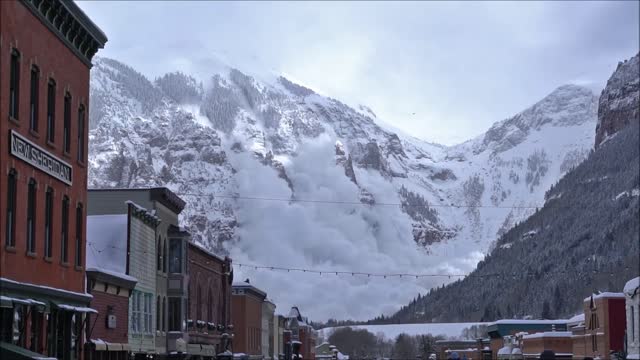
Massive Avalanche In Aspen Captured On Camera
Originally founded as a mining camp during the Silver Boom in Colorado in the mid 1800s, Aspen is now the most elite winter resort and the most popular tourist attraction in the United States. The four ski areas around the town of Aspen get an average of 176 inches of snow per year. It used to be visited by musicians and writers but nowadays they are joined by corporate executives. Named after the abundance of aspen trees in the surrounding woods, it is situated in an area in the Sawatch Range of the Rocky Mountains and the Elk Mountains, along the Roaring Fork River at an elevation just below 8,000 feet (2,400 m) above sea level on the Western Slope, 11 miles (18 km) west of the Continental Divide..
In order to control the amount of snowfall on the ski terrains, as well as to reduce the risk of naturally-occurring avalanches, the authorities use strategically placed fuel-air explosives that generate an air blast strong enough to initiate a slide in a controlled environment. It is usually done in the early hours of the morning if possible, to avoid stray skiers that neglect the warnings. These controlled blasts have been able to save many ski seasons and keep the safety on the slopes to a maximum.
This footage was shot by a tourist in Aspen during one of those detonations, showing the amazing way the powder falls and settles, minimizing the risk of a naturally occurring avalanche.
In the middle of February 2018 the Colorado Avalanche Information Center issued an avalanche warning for the Aspen-area backcountry. "Human-triggered avalanches are very likely at all elevations," the warning said, with "natural avalanches that could run to the valley floors are likely. Travel in avalanche terrain is not recommended." The reason behind this occurrence is this winter’s snowfall, where one-third of the cumulative snowfall fell in just two weeks.
Avalanche control activities such as this one minimize the risks avalanches pose to the life, activities, and properties of humankind. These activities begin with a risk assessment by surveying for potential avalanche terrain. The geographic features, such as vegetation patterns, drainages, and seasonal snow distribution that are indicative of avalanches, need to be identified. From there, the hazard is assessed by identifying human geographic features such as roads, ski hills, and buildings that are potentially under threat.
These programs address the avalanche risks by drawing up prevention and alleviation plans, which are executed during the winter season. The prevention and alleviation plans combine extensive snowpack observation with three major groups of interventions: active, passive, and social. Those are sometimes more narrowly defined as "explosive", "structural", and "awareness", according to the most common technique used in each. These avalanche control techniques either intervene directly in the evolution of the snowpack, or minimize the effect of an avalanche once it has occurred. Should the need of human involvement occur, avalanche control organizations develop and train thorough response and recovery plans.
Have you ever seen an avalanche? What was it like?
-
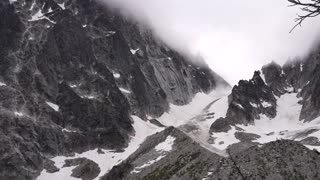 2:07
2:07
pianoteacherose
7 years ago $31.33 earnedEpic glacier avalanche caught on camera
2.57K -
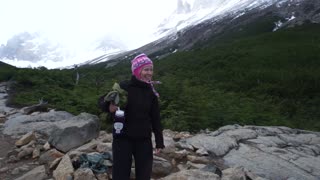 2:25
2:25
HonzadeKemp
7 years ago $10.71 earnedMassive Avalanche Leaves Tourists Dumbfounded
1.41K -
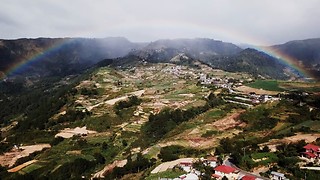 1:17
1:17
TootsTeens
7 years agoSpectacular rainbow captured with drone
8.48K5 -
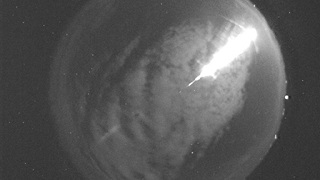 0:32
0:32
rasrad
8 years ago $298.98 earnedMeteor over Texas captured on video
1.8K -
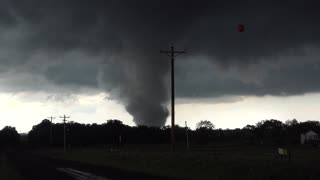 0:54
0:54
RicardoMotta
7 years agoThrill Seekers’ Close Encounter With Tornado Is Nothing But Incredible
26.4K1 -
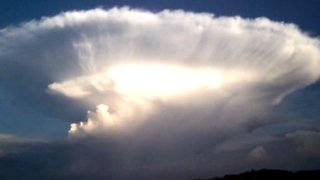 0:50
0:50
Loczek_PL
7 years agoMagnificent Cloud Formation Captured In Poland
1.57K -
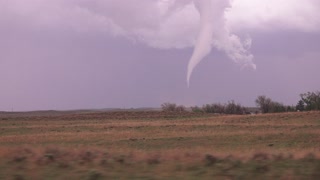 0:55
0:55
RicardoMotta
7 years agoChilling tornado footage captured in Eckley, Colorado
4.83K1 -
 LIVE
LIVE
SpartakusLIVE
4 hours agoSaturday SPARTOONS || WZ to Start - REDSEC or ARC Later???
285 watching -
 19:23
19:23
Clintonjaws
21 hours ago $0.03 earnedKaroline Leavitt STOPS Trump's Meeting & Grills Reporters Leaving Them Speechless
12K12 -
 LIVE
LIVE
DLDAfterDark
1 hour agoYou Keep a GUN Inside Your Draws?? Let's Talk About Your Tactical Undies
81 watching